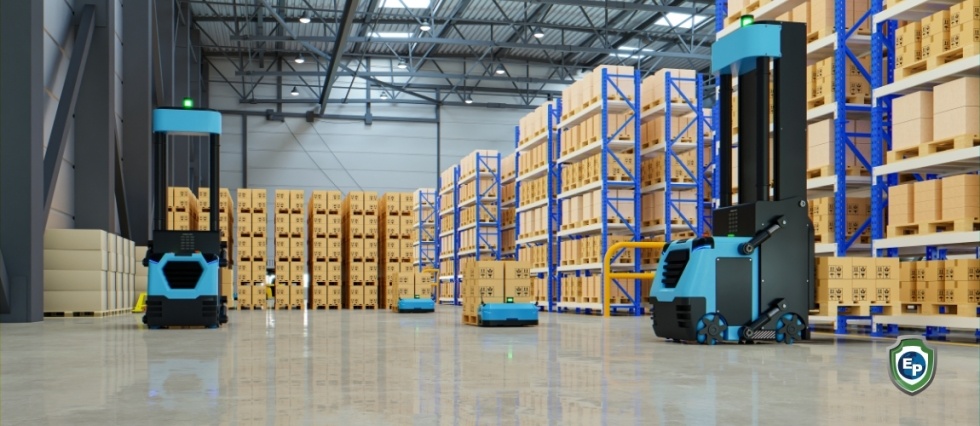How Automated Guided Vehicles Are Changing Warehouse Management
Because of benefits such as improved workflows, reduced human errors, and lower operating costs, automated guided vehicles are transforming warehouse management. Come read our article to learn more.

The fourth industrial revolution will see the integration of advanced digital technologies with physical assets. Technologies such as the Internet of Things (IoT), artificial intelligence (AI), and machine learning have reached maturity, and this is being leveraged into industries worldwide to further capabilities, drive innovation, and replace manual tasks with automation. Warehouse management is one field that is greatly benefitting from the emergence of sophisticated automation technology and its marriage with physical systems. In particular, warehouse management is adopting automated guided vehicles to help streamline processes, improve safety, and reduce overheads. Automation technology is thus changing the face of warehouse management.
What Are Automated Guided Vehicles?
The world’s first automated guided vehicle was invented in 1953 by engineer Arthur Barrett. Since then, automated guided vehicle technology has advanced to the point where many of these vehicles are now common in warehouses.
Today, there are many varieties of automated guided vehicles, and the most relevant to warehouse management are unit load AGVs, automated guided forklifts, and tugger AGVs (also known as tow tractors). Unit load AVGs are automated transportation systems that can move single loads (such as boxes, pallets, containers, and reels). Automated guided forklifts are self-driving forklifts that can move multiple loads. Usually, these vehicles have integrated sensors as a safety feature. Finally, tugger AGVs are designed to transport non-motorized systems (e.g. tugger train carts). These vehicles are configured with either a lift platform, motorized rollers, or a trailer system that allows the vehicle to safely load and unload the cargo. These vehicles move along a predetermined route, although they are also often built with a variety of sensors to help automatically manage their movements and interact with their environment.

Automated guided vehicles are designed for the automated transportation of goods between different locations in a warehouse. These vehicles can be leveraged to automate logistics as well as to automate stock management. Essentially, automated guided vehicles are robots that are programmed to move without the guidance of an onboard human driver, navigating to specific locations or moving between connected systems. To integrate automated guided vehicles into warehouse management systems, specific software and sensor-guided systems are installed in the warehouse and can be integrated into either a warehouse control system (WCS) or a warehouse management system (WMS).
Why Are They Popular in Warehouse Management?
Warehouses that implement automated guided vehicles can streamline workflows, remove human error, cut operation costs, and gain enhanced oversight into their inventory. Automated guided vehicles used in warehouses make continuous, repetitive movements that replace manual handling equipment and the need for human workers. This allows for processes to be streamlined by enhancing the efficiency of movements made to transport goods around the warehouse. It also removes the need for human workers, which reduces the risks imposed on workers as well as the impact of human error.
Learn More with Export Portal
Export Portal is here to help you navigate the world of trade and technology. For more information, make sure to check out the best export platform today!


















Comments 0